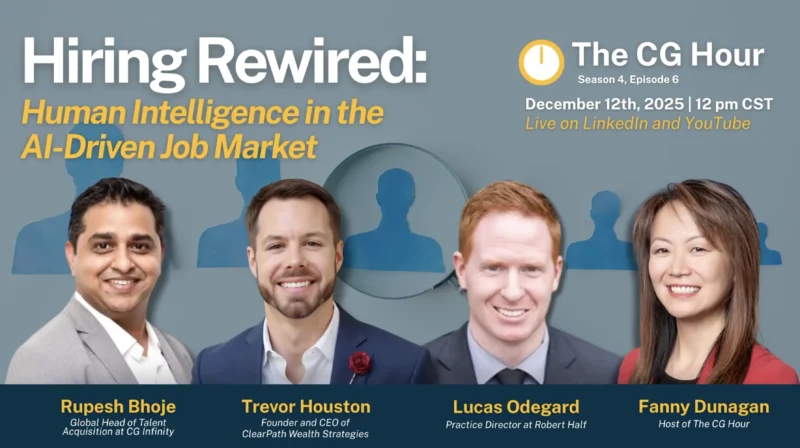Paving the Way for Mass EV Adoption: Fusing the Bicycle and Motorcycle to Create a User-Friendly Experience
Back in 1418, Italian Engineer, Giovanni Fontana, created what’s believed to be the first bicycle. More than four hundred years later, Gottlieb Daimler and Wilhelm Maybach built the first gas-powered motorcycle in 1885.
Centuries later, bicycles have become electrical vehicles (EVs). This may be the natural progression of technology as e-bikes and electric scooters rise in popularity. These modes of transportation bring much-needed variety to riders in big cities looking for easy solutions to get around without all of the carbon emissions.
But what about the motorcycle? For those who want the ease of travel, the exhilaration that comes with motorcycle riding, and want to free themselves of the pump station, while also desiring the smaller feel of a bicycle, there is a gap in the marketplace. But not for long.
Add two more names to the list of innovators looking to take motorcycles and bikes into the 21st century and increase EV adoption: Nico and Caspar Nagel. These two Brooklyn transplants by way of Germany created Pave Motors in 2019, and they’ve developed a line of EV bikes that provide the power of a small-engine motorcycle with the minimalist look & feel of an e-bike. They shared their story and details of their bikes with Are We There Yet’s host Grant Harrell.
Growing up in Berlin and now living in Brooklyn, the Nagel brothers saw the growing need for new transportation solutions to get around cities.
“When we started the company in 2019, the way we saw the two-wheeler market was split in two,” Nico Nagel said. “On one hand, you had traditional e-bikes with a relatively weak motor; the rider still has to pedal, so it’s not a truly effortless ride. And it can’t replace a car trip because you don’t have space for a second passenger; there’s limited storage space, so the application is not as versatile as a motorcycle. On the other hand, you had the traditional motorcycle companies coming out with electric vehicles but not doing anything from a design standpoint.”
Join Harrell’s conversation with the Nagel brothers as they highlight:
- The journey of creating Pave motors to meet customer needs
- The importance of developing an EV mobility solutions
- Bringing a fun riding experience to people everywhere
“We wanted to be a more friendly-looking vehicle because usually motorcycles are a bit more masculine and have more to it, and we wanted to stay away from that and go with a more friendly-looking vehicle while still having power that’s similar to a motorcycle because it’s an experience that everyone can enjoy,” Caspar Nagel said. “Riding a motorcycle is just amazing, so we’re trying to bring that experience to more people.”
Tune in to this latest episode to learn more!
About Nico
Nico Nagel is the Co-Founder of Pave Motors. He holds a bachelor’s degree in computer science from Chapman University. Nagel is originally from Berlin, Germany, and now makes his home in Brooklyn, NY. He looks forward to increasing EV adoption through his company’s new bike and motorcycle technology fusion.
About Caspar
Caspar Nagel is the Co-Founder of Pave Motors. He is a mobility enthusiast with a bachelor’s degree in industrial and Product Design from RISD. Nagel hails from Berlin, Germany, and now makes his home in Brooklyn, NY.




